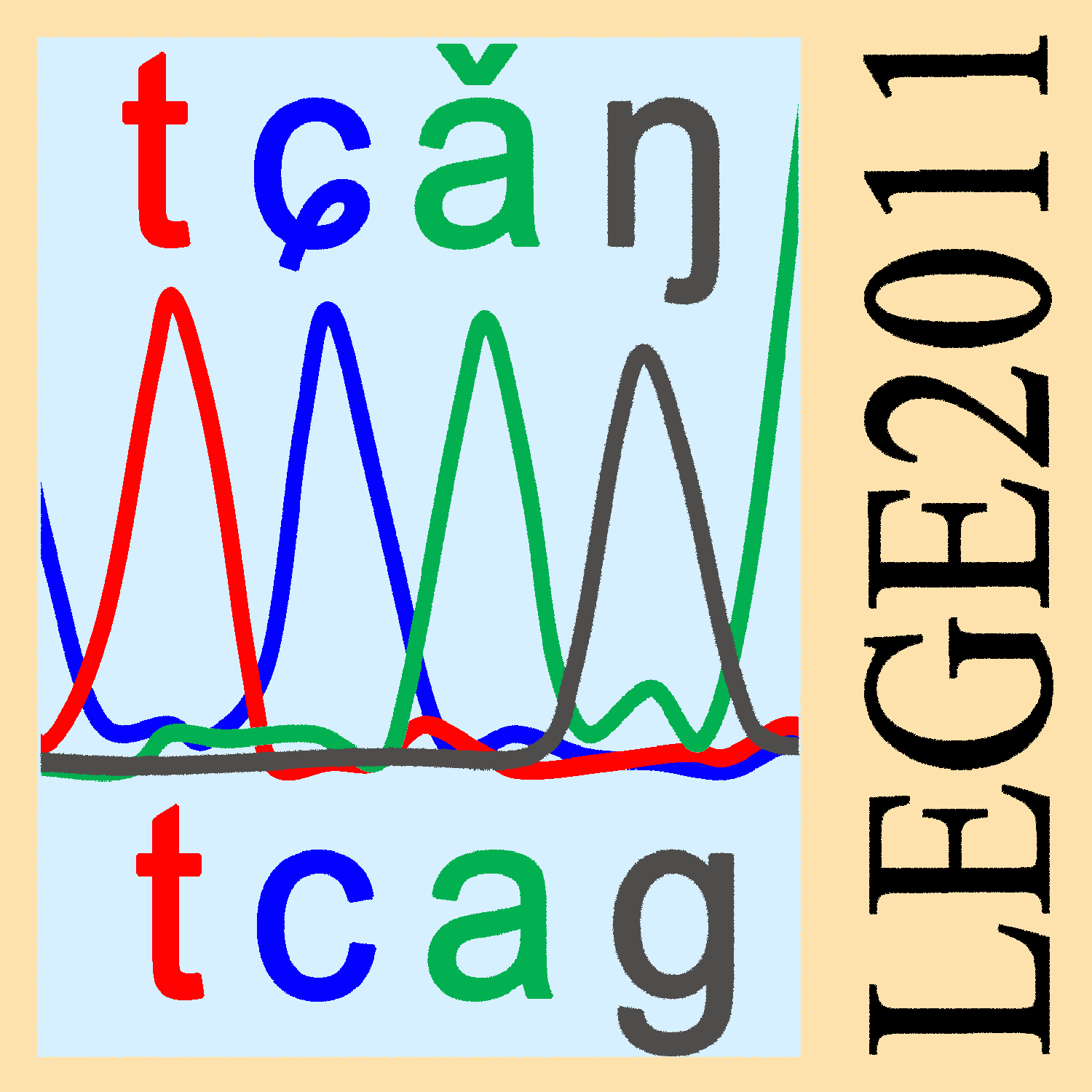 COM.on C.A.5:e36/214-223
Online published on
Dec.15, 2011.
COM.on C.A.5:e36/214-223
Online published on
Dec.15, 2011.
doi:10.4236/coca.2011.51036
PROCEEDING
Genetic affinity between the Hmong-Mien and Mon-Khmer populations
Yan Lu, Xiaoyun Cai, Hui Li
MOE Key Laboratory of Contemporary Anthropology, School of Life Sciences, Fudan University, Shanghai 200433, China
Abstract:
The debate on the origin of East Asian is taking down by the molecular anthropological studies of the various populations in and around East Asia. Some previous studies revealed that most of the Y chromosome lineages of East Asian came from the South. However, the Southeast Asian populations which supposed to be the ancestral populations of East Asian lack for investigations. Therefore, the entrance of East Asian and the formation process of the unique genetic structure have never been studied. Here we present the Y chromosome data of 1652 individuals from 47 populations of Mon-Khmer and Hmong-Mien ethnic groups, which are the aborigines of Southeast Asia and extending area in East Asia. The most frequent haplogroup of the two ethnic groups is O2a*-M95, but is not ethnic specific. Haplogroup O3a4-M7 can only be found in these two ethnic groups, indicating the closest relationship between these two groups. The STR network of O3a4 displayed a layered expansion structure, with the Mon-Khmer haplotypes in the central and the Hmong-Mien haplotypes in the outer layer, the Lolo-Burman haplotypes in the margin. The layered structure was resulted from the slow and even migration of early modern human from Southeast Asia to East Asia by a “Jungle Filter” effect which includes many small bottle-neck effects. The age of O3a4 was estimated to around 27 thousand years, and the migration event was earlier than 16 thousand years ago during the last Ice Age. The unique genetic structure of East Asian might also be resulted from the “Jungle Filter” effect.
Key words:
Jungle Filter effect, origin of East Asian, Y chromosome haplogroup O3a4, network analysis
Recieved: Sep.18,
2011 Accepted:
Oct.20, 2011 Corresponding:
qtswallow@gmail.com
《现代人类学通讯》第五卷e36篇 第214-223页
2011年12月15日网上发行
会议报告
苗瑶与孟高棉人群的遗传同源
陆艳,蔡晓云,李辉
复旦大学现代人类学教育部重点实验室,上海200433
摘要:东亚及其周边地区的现代人起源问题一直是分子人类学研究的焦点,早前的研究显示东亚的Y染色体谱系大部分来源于南方。东南亚的群体被认为是东亚群体的祖先,对这部分群体的分子人类学的调查却相对缺乏,尤其是对现代人由东南亚进入东亚的过程及独特的遗传结构的形成的研究尚未展开。本文调查了东南亚和东亚周边地区的土著族群:孟高棉和苗瑶语族的47个群体的1652个体的Y染色体,结果显示Y染色体单倍群O2a-M95在多个群体中都存在高频现象,而单倍群O3a4-M7为孟高棉和苗瑶语族所特有,暗示了这两个族群的较近的遗传关系。基于O3a4-M7单倍型的STR网络结构图显示出分层扩散的结构,南亚语系中的孟高棉族群所在单倍型位于网络结构的中心位置,苗瑶族群处于孟高棉的外圈,汉藏出现在最外围。这样的分层结构可能源于早期现代人从东南亚进入东亚过程中非常缓慢和均匀的,由无数个并行的小的“瓶颈”效应组成的“丛林过滤”效应。单倍群O3a4-M7整体年龄约为2.7万年前,早于1.6万年的末次冰川期。东亚人群的各种遗传特质可能源于这种“丛林过滤”效应。
收稿日期:2011年9月18日
修回日期:2011年10月20日
联系人:陆艳
qtswallow@gmail.com
 COM.on C.A.5:e36/214-223
Online published on
Dec.15, 2011.
COM.on C.A.5:e36/214-223
Online published on
Dec.15, 2011. COM.on C.A.5:e36/214-223
Online published on
Dec.15, 2011.
COM.on C.A.5:e36/214-223
Online published on
Dec.15, 2011.